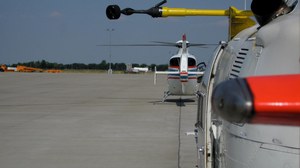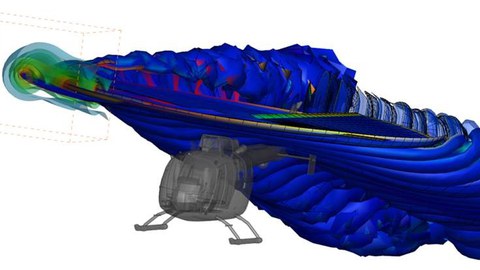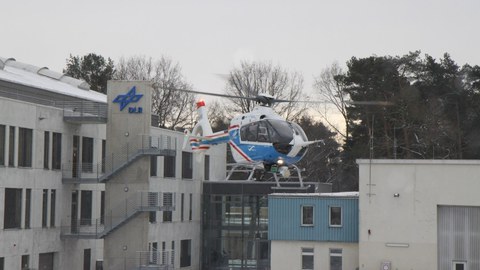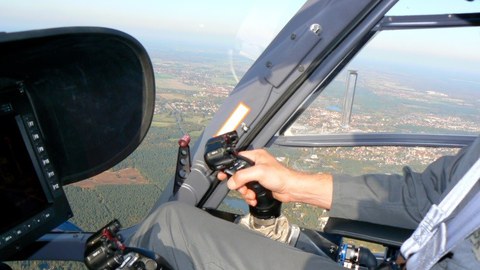Research for safe and sustainable rotorcraft operation
At present, research activities of the chair for Helicopter Technology is still concentrated at DLR’s helicopter department. The department conducts mainly application-oriented research on numerous issues that are primarily relevant to rotorcraft such as helicopters, but also to wind turbines. The focus is on safety and sustainability for operating rotorcraft. This ranges from the development and validation of simulation software for the investigation of aeromechanical phenomena for helicopters to testing of pilot assistance systems to increase flight safety. The department works closely with industry, research institutions and universities through numerous national and international projects. The portfolio is complemented by research activities in the field of wind turbines.
The aim of the chair is also to deepen research cooperation with the TU Dresden and to build up research expertise at the Institute for Aviation and Logistics (IfL) of the "Friedrich List" Faculty of Transport Sciences.
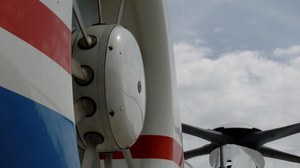 © DLR
© DLR
Research for safe and sustainable rotorcraft operation
ince the first developments of rotorcraft in the late 19th century, a first flight in 1907 and a first period of maturity from 1920 to 1950, helicopters in particular, as a category of rotorcraft, have made enormous developmental progress in flight performance, handling qualities, comfort, reliability and efficiency. Some characteristics make them particularly suitable for special missions. These include their ability to hover efficiently (compared to other aircraft), climb and descend vertically and fly slowly horizontally in all directions, even backwards, while still exhibiting relatively good handling qualities. This allows helicopters to fly low and land close to obstacles even in unprepared terrain. Rescue helicopters, for example, would be inconceivable without these characteristics.
Despite their undoubted development progress, some challenges still remain, such as high accident rates compared to fixed-wing aircraft, high noise especially in descent, high vibrations, as well as high power requirements and thus limited flight duration and range. Because of limited range and speed, alternative aircraft such as tilt-rotor aircraft, so-called "compound" helicopters or "lift-offset compound" helicopters are currently being increasingly developed alongside the classic helicopters, all of which offer a higher speed and range. In addition, the current development trend in the field of electric flying aircraft with vertical take-off/landing capability (eVTOL) is pushing completely new designs onto the market and offers the possibilities for drastic changes to the systems and control of a rotorcraft. Nevertheless, classic helicopters will retain a solid share of the aviation market. For this reason, extensive research activities are also possible in order to raise helicopters to a similar level of flight comfort as is offered today by fixed-wing aircraft, or to reduce noise during descent in order to increase the acceptance of flights close to the ground. For this, a very good understanding of the physics of these flying machines, e.g. on interaction aerodynamics and the interaction with the structure, and the ability to describe these correctly in simulation software is important. Furthermore, it is important to increase flight safety for all rotorcraft variants. Classical control systems that relieve the pilot of certain tasks or pilot assistance systems with a suitable man-machine interface that relieve him of entire tasks are suitable for this. This can extend to fully autonomous flight segments, so that a rotorcraft can land safely in poor visibility conditions in unprepared terrain and in the presence of obstacles.

